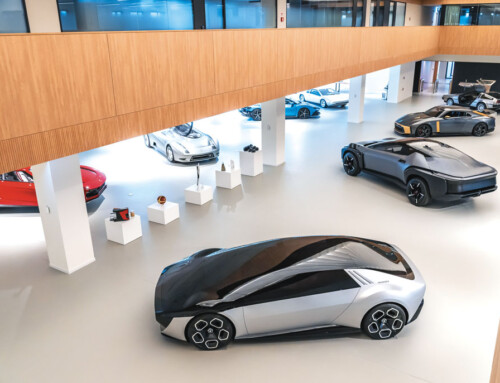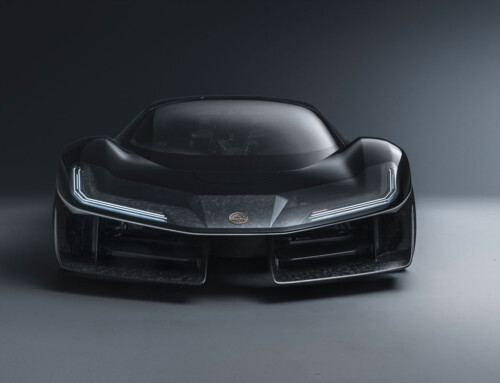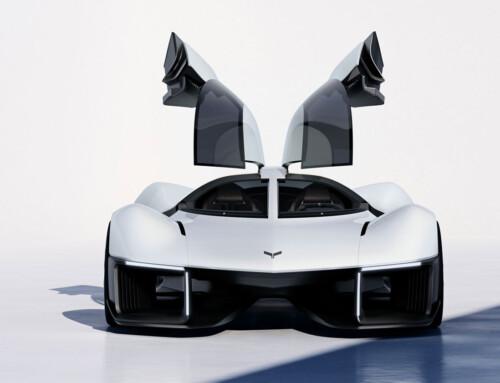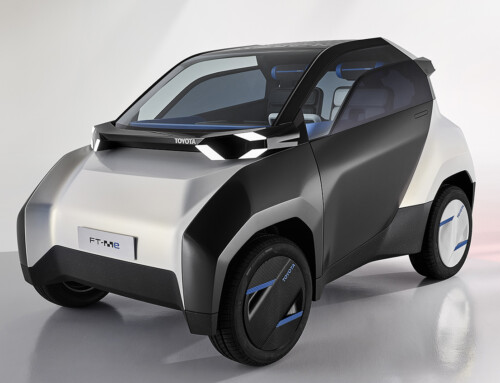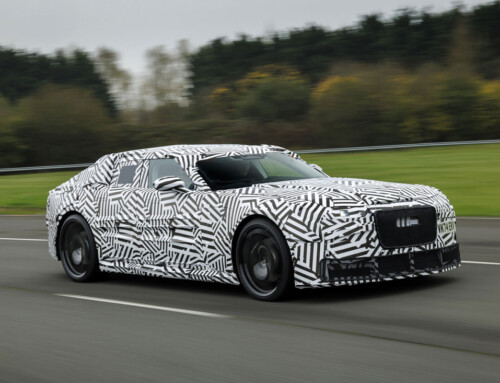

The Vel Satis has all the bulk of a true range topper: length 4680 mm, width 1880, height 1350, wheelbase 2873 and two different track measures: 1619 mm at the front, 1609 mm at the rear. It is powered by a transverse engine, Renault’s L7X V6 3-litre 24-valve but with power output raised to 210 bhp for present purposes. The design’s most surprising feature appears at the rear in the form of a strange vertical rear window that provides panoramic visibility but looks as mysterious as a medieval helmet with the visor down to hide its wearer’s face.
An immense glass roof extends from the windscreen to create an almost theatrical cabin environment. The huge doors (at about 2 metres long they are certainly the biggest ever seen on a car) slide forwards and are remote controlled. The trim is at once simple and sumptuous, a marriage of luxury and engineering, tradition and innovation that adds up to a concentrated essence of product/industrial design ideas with a keenly high tech image and content. The state-of-the-art console has been given a hand-crafted trim.
The matte metal alloy flirts with the warmth of beige leather, the soft texture of brick-coloured Nabuck, the elegance of wood and the finesse of a paper-fibre fabric. A Mauboussin clock looks perfectly at home beside a computer keyboard. And with the two 16/9 VDUs (on dashboard and rear console) that provide a commentary on the journey including historical and cultural information about places encountered along the route. Elsewhere a tiny fridge holds a bottle of champagne and some Saint-Louis crystal glasses. This is a car design with its roots in architecture and interior decoration.
For several years now Patrick Le Quément, Renault’s Quality and Industrial Design chief, has been engaged in defending and demonstrating luxury à la française. Renault design is concept rather than styling-driven and Renault products are not designed to look pretty, but they are intelligent. They are in fact “concepts” much more than “objets d’art”. That is very much in line with France’s eternal passion for ideas.
The article continues in Auto & Design no. 112

